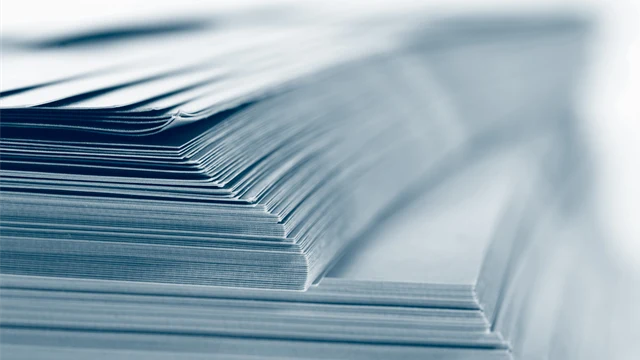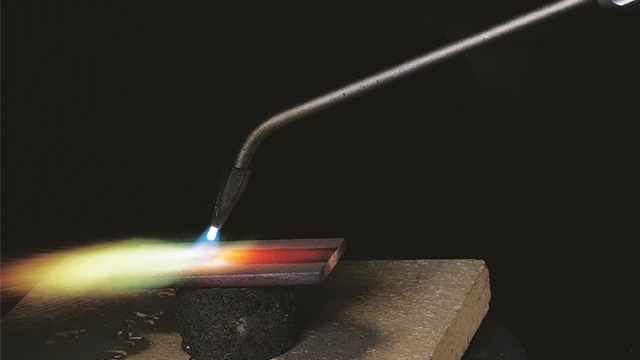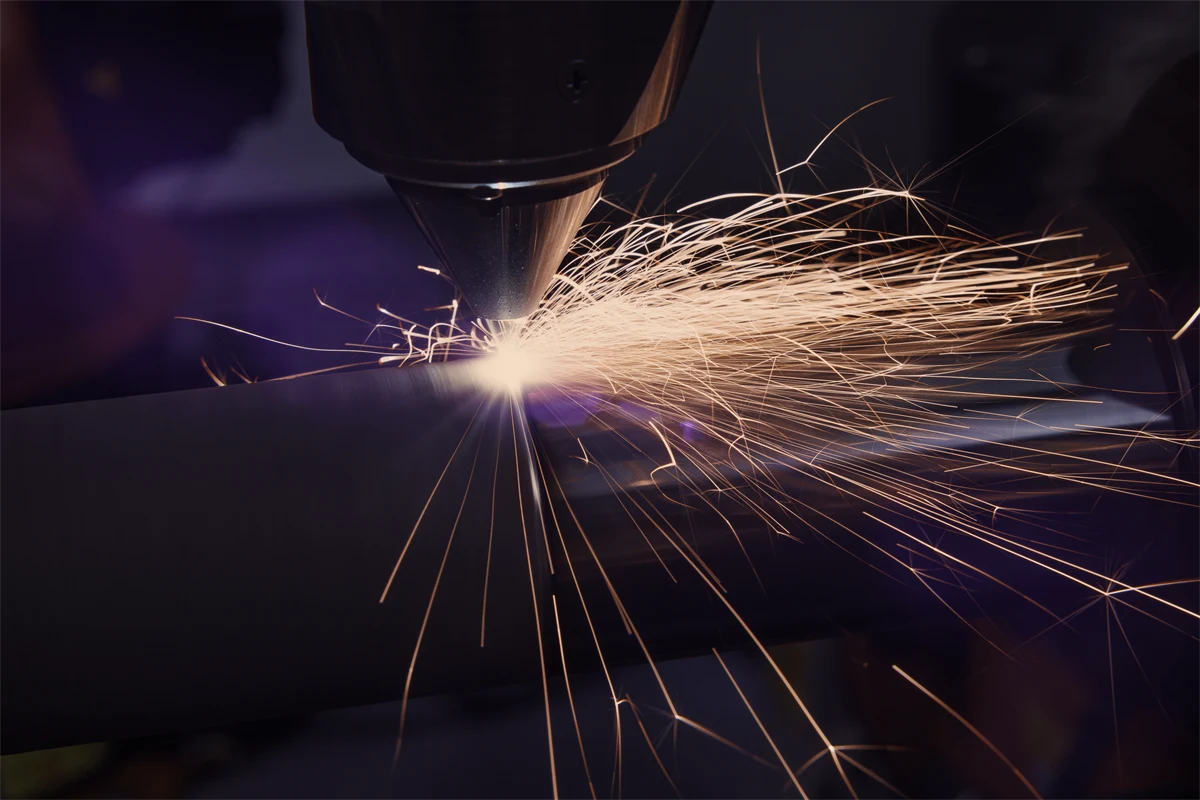
Deposition techniques
Powder welding – simple and effective for smaller parts
Powder welding is normally applied using an oxy-acetylene torch. The component is heated with the torch and the powder is introduced into the gas stream from a powder hopper before being transferred to the component through a flame. The powder coating forms a strong bond to the base metal by alloying and diffusion. Thus, powder welding results in a smooth, dense coating with a diffusion bond to the base material.
The powder welding technique is typically used for glass molds, smaller parts and repairs and is particularly suited for the repair of cast iron and machined parts, i.e. for building up edges and corners.
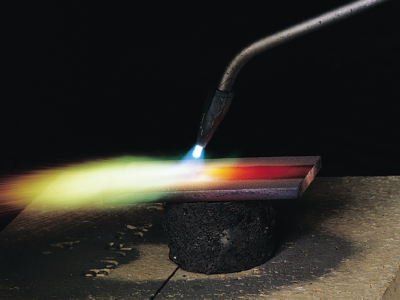 Typical working range
Typical working range
- Deposition rate: 0.5-2.5 kg/hour
- Deposition thickness: 0.2 - 12 mm
- Deposition hardness: 20 - 62 HRC
Benefits
- Simple to use: 1 step: deposit + fusing
- Strong bonding: 0.2-12 mm thickness
- Smoother surface
Contact us

Sales & Technical support
Personuppgiftspolicy
Jag godkänner att Höganäs hanterar mina personuppgifter för att kontakta mig. Min kontaktinformation kan även komma att användas för marknadsföringsändamål, som nyhetsbrev och annan relevant information. Uppgifterna kommer inte att delas med någon tredje part. I och med detta samtycke bekräftar jag även att jag är över 16 år.
Mer information om hur vi hanterar personuppgifter anges i vår personuppgiftspolicy.
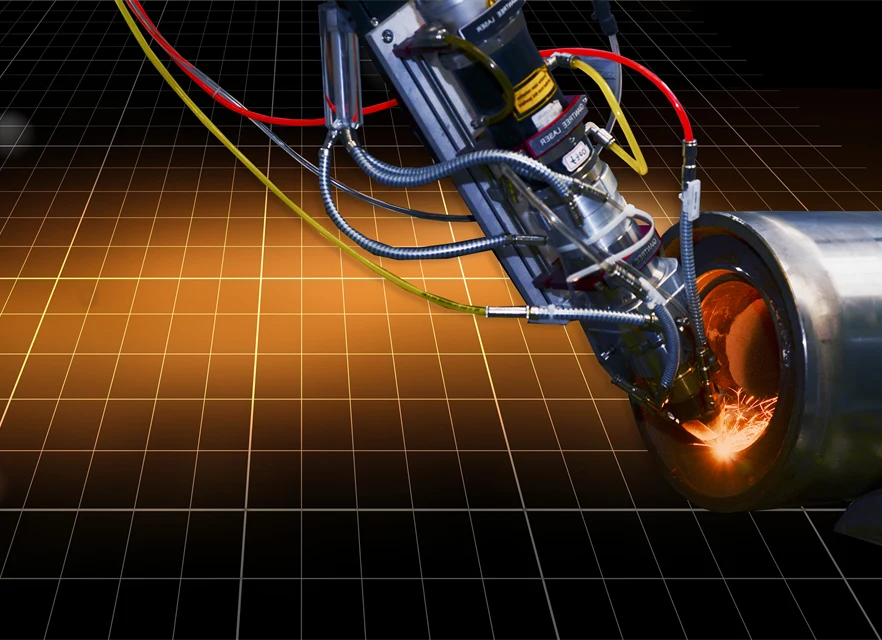
ArcX coating hub
ArcX – Your starting point for innovation
Expert know-how in materials, surface welding and flame spraying processes and customer applications make our ArcX technology centres an exclusive resource in your work to optimise existing applications and develop new business opportunities.

